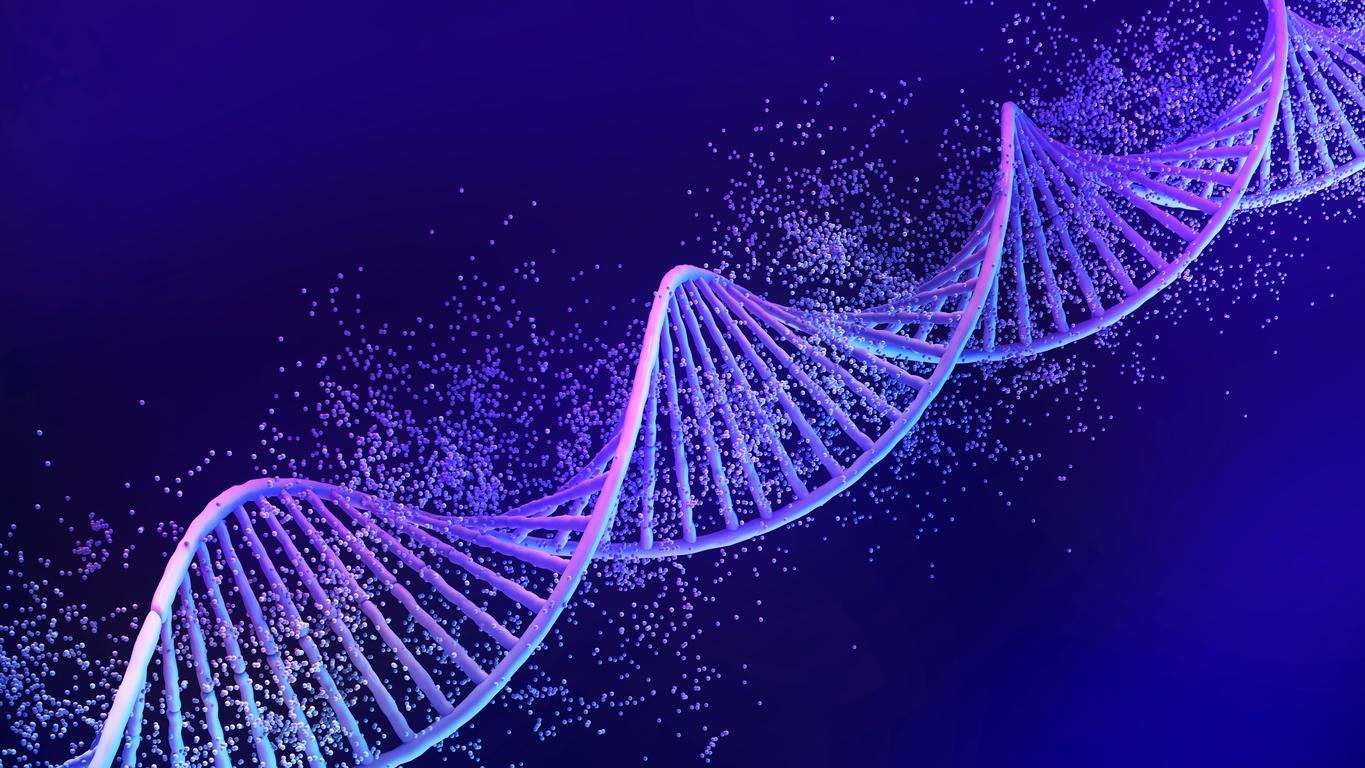Leukodystrophies are orphan genetic diseases that destroy the central nervous system (the brain and the spinal cord, therefore). These extremely serious pathologies affect myelin, a white substance that envelops the nerves like an electrical sheath and which is supposed to ensure the proper conduction of nerve messages.
The result: nervous disorders that can lead to motor, sensory and cognitive disabilities, as well as learning and behavioral disorders.
In France, it is estimated that leukodystrophies affect 160 births per year, and one in 7,000 babies worldwide. To date, 20 different ones have been identified, but 40% of them remain uncategorized.
If, until then, their origin was unknown, a team of researchers from the Research Institute of the McGill University Health Center and the Montreal Clinical Research Institute (Canada) may be able to make a difference.
In a study published in the scientific journal Nature Communications, the researchers say they have found a discomfort, which would be largely responsible for leukodystrophy type 4H. Her name ? POLR1C. “A mutation in the POLR1C gene leads to the disruption of an enzyme, which has repercussions at the cellular level”, summarizes Dr. Coulombe, co-author of the study.
“Obviously, additional studies are still necessary, add the researchers. But this discovery could facilitate diagnoses. “
Also discover another orphan disease: Ondine syndrome.
















